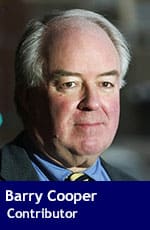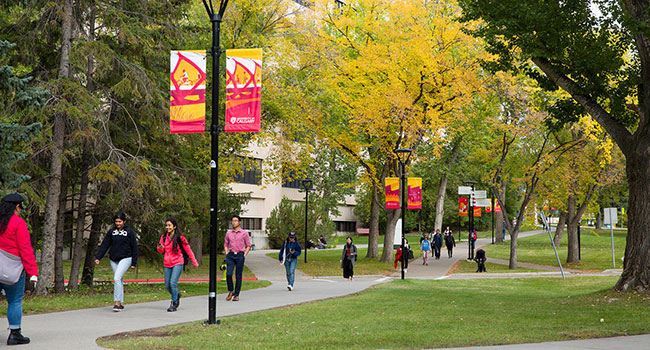 Interesting times have returned to the University of Calgary in a very negative way. The unsatisfactory nature of student experiences at the university is exemplified by the dispute between the Students’ Union (SU) and the Administration over the ownership of MacEwan Hall, “a central focus for student life on campus,” as Board of Governors Chair Bonnie DuPont called it.
Interesting times have returned to the University of Calgary in a very negative way. The unsatisfactory nature of student experiences at the university is exemplified by the dispute between the Students’ Union (SU) and the Administration over the ownership of MacEwan Hall, “a central focus for student life on campus,” as Board of Governors Chair Bonnie DuPont called it.
The 1969 agreement specified that the Governors of the University owned 45 per cent of Mac Hall and the SU 55 per cent, which reflected their respective share of construction costs. The administration claimed sole ownership in a document that appeared 30 years later, which the SU said was drafted in error. The Administration’s claim to “50 years of documentation” was greeted with skepticism, since no documents have been seen. Now the SU is taking the university to court where the fugitive 50 years of documentation must be produced.
A second issue is part of the negative impact. In 2013, David Keith (now at Harvard) was interviewed by CBC about the management of a university institute. He expressed concern that Enbridge Inc. had too much influence over the operation. CBC reporter Kyle Bakx revisited the story and obtained 1,200 pages of documents that included emails between the university and Enbridge, as well as among several lower-level administrators at the Haskayne School of Business.
The contents indicate that, in exchange for a 10-year pledge of a mere $225,000 a year, the U of C would establish the Enbridge Centre for Corporate Sustainability, in partnership with Central Michigan University (CMU). Why them? Because CMU was close to a 3.8 million litre bitumen spill from an Enbridge pipe into the Kalamazoo River. U of C President Elizabeth Cannon said the CMU partnership made sense because “there’s a lot of learning that can be done” about the spill, “and what better place to have those learnings . . . than our business school?”
CBC also indicated that Enbridge showed an interest in staffing positions, student awards, and membership on the advisory council. Bonnie DuPont was “critical” in obtaining the Enbridge commitment according to Kim Kadatz, a fundraiser at the business school. Before becoming chair of the U of C Board, DuPont was a senior Enbridge vice-president and a member of the Centre’s advisory council.
Meanwhile, Joe Arvai, director of the Centre, had the “impression” that Enbridge saw it as a “PR machine”, not a centre for academic research. President Cannon, a member of the Enbridge Income Fund board, emailed Arvai’s boss, Dean Leonard Waverman, informing him that “he needs to do his job” because Enbridge was “not seeing your leadership on this file,” which was “not good for you or the university.” When she wrote this “simple reminder,” she said, she was “absolutely wearing my university hat.”
Which brings up the much misunderstood problem of conflict of interest. The term refers to a situation that creates a risk that professional judgment regarding a primary interest (a university hat) will be influenced by a secondary one. The conflict exists whether or not an individual acts improperly.
In fact, the business school offers a director’s education course that points this out. Obviously Cannon didn’t take the course. Since she was encouraged by the University Board to stay on the Enbridge board, they were equally ignorant of the meaning of conflict of interest.
Everything the University of Calgary administration has done since the CBC story broke has been damage control. It is self-evident to everyone but them, from the faculty to the SU and to the rest of the province that their management culture is deeply flawed. There is one honourable way to fix it, but no one expects any resignations.
Barry Cooper is still a professor of political science at the University of Calgary.
Barry is a Troy Media Thought Leader. Why aren’t you?
The views, opinions and positions expressed by columnists and contributors are the author’s alone. They do not inherently or expressly reflect the views, opinions and/or positions of our publication.
